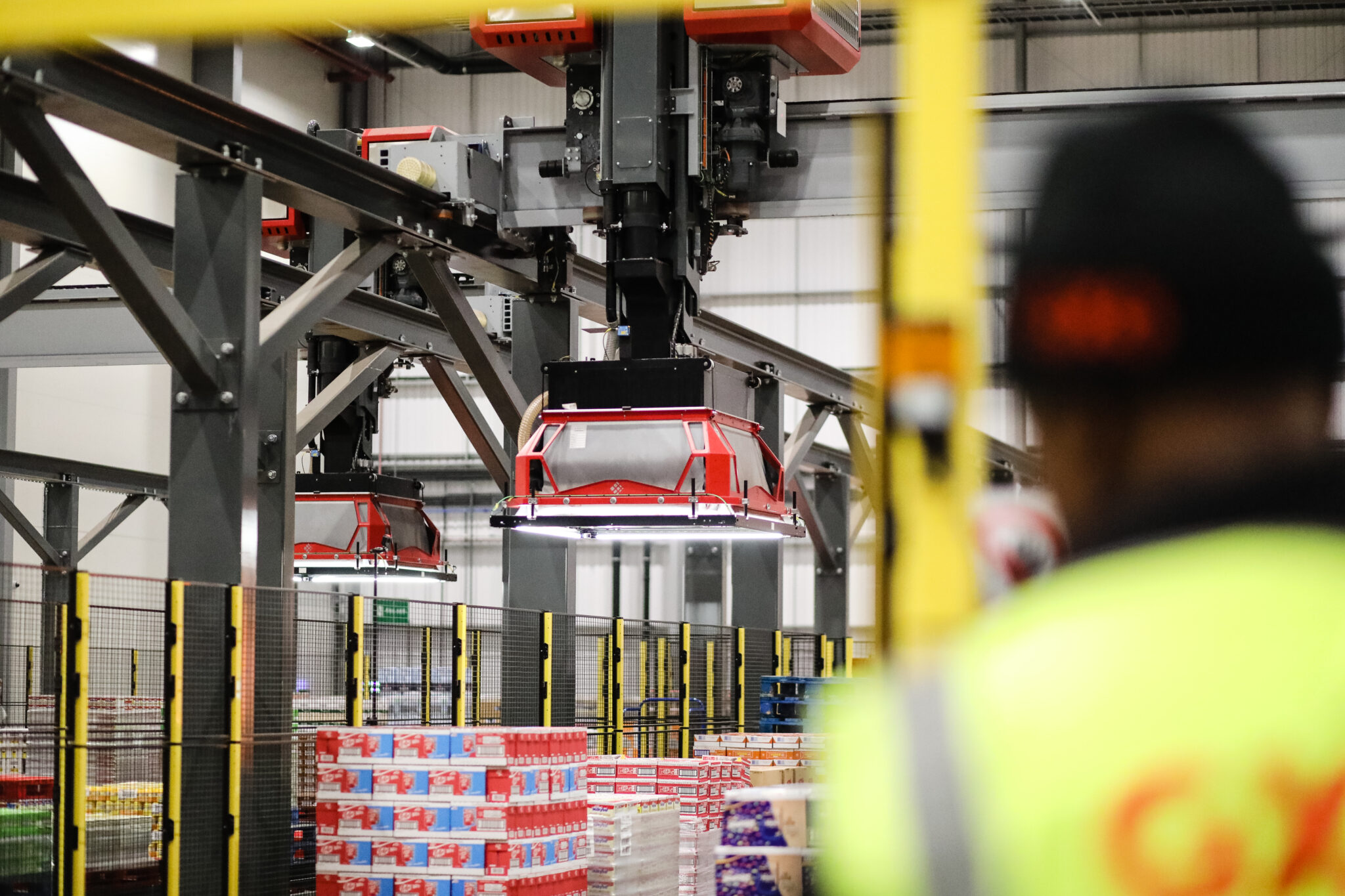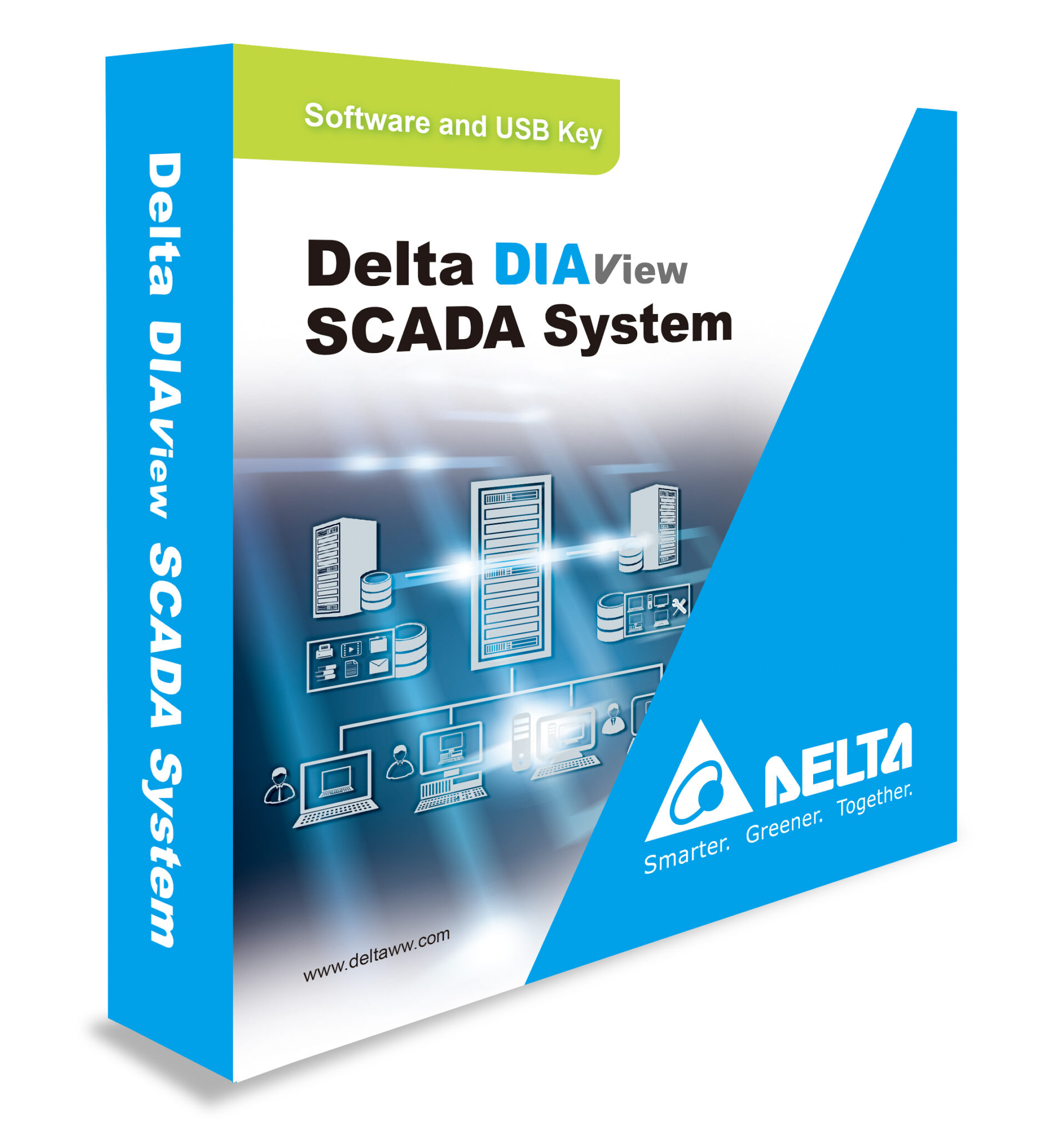Asendia has successfully installed automated sorting and six new robots for over-labelling at its parcel processing centre at Heathrow, fully operational from the end of May 2022. The newly automated system will drive a significant parcel throughput increase on behalf of retailers, e-commerce brands and other clients, achieving a rate of up to 7,200 parcels per hour, with the site open seven days a week, and able to operate 24 hours per day. Asendia UK has invested £2.5m of CAPEX in these improvements.
Parcels arrive onsite and an automated cross-belt sorter, with scanners, printers, digital photography and six robots together take care of the relabelling, routing, sorting, weighing and dimension-checking of parcels. The system has maximum flexibility for despatch, able to sort into bags, pallet boxes, or onward into air containers. The automation project aims to improve capacity / throughput for Asendia e-commerce retailers. Employees who were previously engaged in manual labelling and sorting at the site are largely being redeployed to other essential supply chain operations within Asendia UK. The Heathrow hub moved to a 24-hour operation last.
Asendia selected technology partners who are well versed in automation, with Indian firm Falcon Autotech supplying the sortation solution, and UK based WSS providing engineering and technical design oversite as well as installing the system. Asendia then worked with Dorchester-based Loop Technologies, which specialises in customised robotics. Loop’s experience ranges from robotic arms for labelling fruit for supermarkets to equipping robotics for aerospace projects. The use of robotics for parcel labelling is believed to be an industry first.
All parcels are delivered to the centre and loaded onto one of the infeed belts. An automated overhead scanner then captures barcode details and an image of the label. The weight is then added from the inline scales and the data is shared via an API with the Asendia system, to enable carrier selection and label generation, mainly through the proprietary carrier label library which Asendia has developed. O&I Consulting provided project management expertise
The Asendia system processes the label details while the parcel travels up to the robotic over-labelling cell. The robotic cell scans every parcel and creates a 3D image which includes the exact location of every barcode on the parcel. It then checks with the Asendia system to see whether a final mile label is required. This can be done for parcels and packets of different shapes, sizes and materials. The label is generated and printed in either 6×4 or A5 format and the robot applies it directly over the original, ensuring the label is placed within the boundaries of the parcel and taking into consideration the parcel shape. Customs paperwork can also be printed as well if needed. The parcel then enters the cross-belt sorter which is designed to handle all retailer parcel types.
The ‘DIMS tower’ captures essential dimensions, takes a photo, and scans the final mile label – required to complete routing and determine which outfeed to sort the parcel to. Parcels are allocated to the correct chute and drop into either a bag or pallet box. Each chute position is designed to facilitate sortation to bags, magnums, cages or pallet boxes to provide flexibility and future proof the design. Once full, the chute auto-closes and the pallet or bag is prepared for outbound shipment. The barcodes for every package are linked to a unique container ID, enabling increased visibility and automated data processing. Asendia’s investment in automation and robotic over-labelling will increase the Heathrow site’s facility capacity, and speed up parcel processing allowing for earlier flights and road haulage departures.
Luis Barros, COO at Asendia UK said: “Retailers, many of whom have fast-growing e-commerce audiences around the world, will benefit directly from seeing their parcels pass through our facility faster than ever. It’s not surprising several big brand names have already signed up to use the facility.” He added: “Having volumetrics for all parcels will help with revenue protection and better control of sizing, which is a key driver within distribution networks. Equally, having photos of all parcels is a very good security benefit.”
Commenting on the investment, Simon Batt Asendia UK CEO said: “The successful launch of our new automated parcels hub is the culmination of a very complex project. The team worked incredibly hard to get this up and running and I’m incredibly proud of all involved. We have future-proofed our core Heathrow facility for some years to come, to further grow with our e-commerce retailers and build on the successes of the past few years.”








